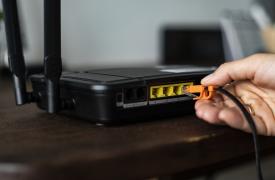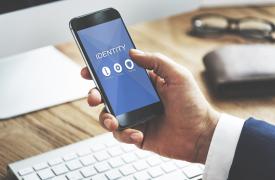The Digital Divide
According to the latest report by the Office of National Statistics (ONS), there is still about 10 per cent of the population who do not use the internet and lack essential digital skills.
In 2018 the ONS confirmed there were approximately 5.3m people who were considered non-internet users – either they’d never been online or hadn’t used the web within a three-month period. It probably doesn’t come as a surprise that nearly half of those people were aged 75 and over. People living alone are also less likely to have an internet connection (nine per cent of households with a single adult aged between 16 and 64 didn’t have access the web and approximately 41 per cent of households with a single adult aged 65 and above had no internet access), and disabled people also make up a large proportion of non-users.
 The concern is that these individuals who don’t have access to the web will become digitally excluded and will miss out on things such as cheaper online prices for the likes of insurance products. The report also raised concerns that individuals were missing out on obtaining new skills and the opportunities for increased wage earnings for those still in employment. The ONS confirmed that new digital skills could lead to increased earnings of up to 10 per cent.
The concern is that these individuals who don’t have access to the web will become digitally excluded and will miss out on things such as cheaper online prices for the likes of insurance products. The report also raised concerns that individuals were missing out on obtaining new skills and the opportunities for increased wage earnings for those still in employment. The ONS confirmed that new digital skills could lead to increased earnings of up to 10 per cent.
In an increasingly digital age, those who are not engaging effectively with the digital world are at risk of being left behind. That said, not everything should be web focused and for some people it’s not a case of not wanting to have access, they may not be able to have access and so the ONS reported that it’s important for some tasks to remain non-digital to ensure inclusion of all to “participate fully in society”.





